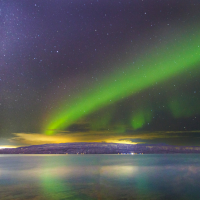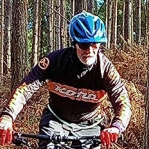La Vuelta 2020 - Stage 16: Salamanca > Ciudad Rodrigo - 162 km *Spoilers*

Friday 6 November, 12.00 GMT.
At 162 kilometres, the 16th stage of La Vuelta travels from Salamanca to Ciudad Rodrigo. It's a demanding route with most elevation gain in the middle section, so it is likely to favour attackers looking for one of the last opportunities to get into the break and contest for the stage win.
If the last two days are anything to go by, it's going to be a battle.

The first part of the race is nothing special. On rolling roads the riders head in southeasterly direction. After 45 kilometres the route descends before continuing in undulating fashion to the most trying section of the day.

After 75 kilometres the route begins to runs false flat uphill into the Sierra de Francia. Gradually it gets steeper until the riders enter the Alto El Portillo. This is a 13.8 kilometres climb at 4.4%, (GPM 2)
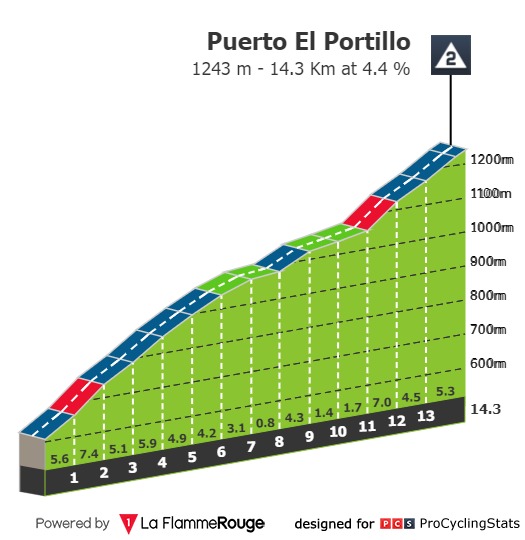
A descent of almost 15 kilometres takes the riders down to Las Mestas in the Extremadura. The road goes back up again, although the first 14 kilometres only as a false flat. But after moving through Riomalo de Arriba the Alto El Robledo begins. This is 11.8 kilometres ascent with an average gradient of 4%, but it's final 6kms average closer to 7%.
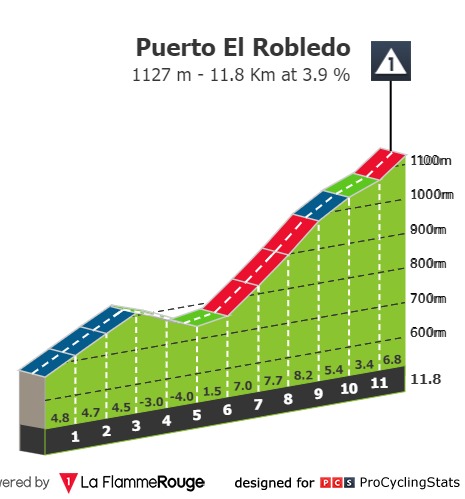
The riders crest the Robledo to descend back into Castile and León. A few uphills pep up the route before a 10 kilometres downhill leads onto a flat run-in of 5 kilometres to the line.

Salamanca
21 stages of La Vuelta have departed from Salamanca
144.228 inhabitants
Salamanca is a city in western Spain, the capital of the Province of Salamanca in the autonomous community of Castile and León. The city lies on several hills by the Tormes River. Its Old City was declared a UNESCO World Heritage Site in 1988. In the Peninsular War theatre of the Napoleonic Wars, the Battle of Salamanca took place on 22 July 1812 in the nearby fields of Arapiles, in which an Anglo-Portuguese Army led by Wellington decisively defeated the French army of Marmont. The western quarter of Salamanca was seriously damaged by cannon fire. The battle which raged that day is famous as a defining moment in military history and thirteen thousand men were killed or wounded in the space of only a few short hours.
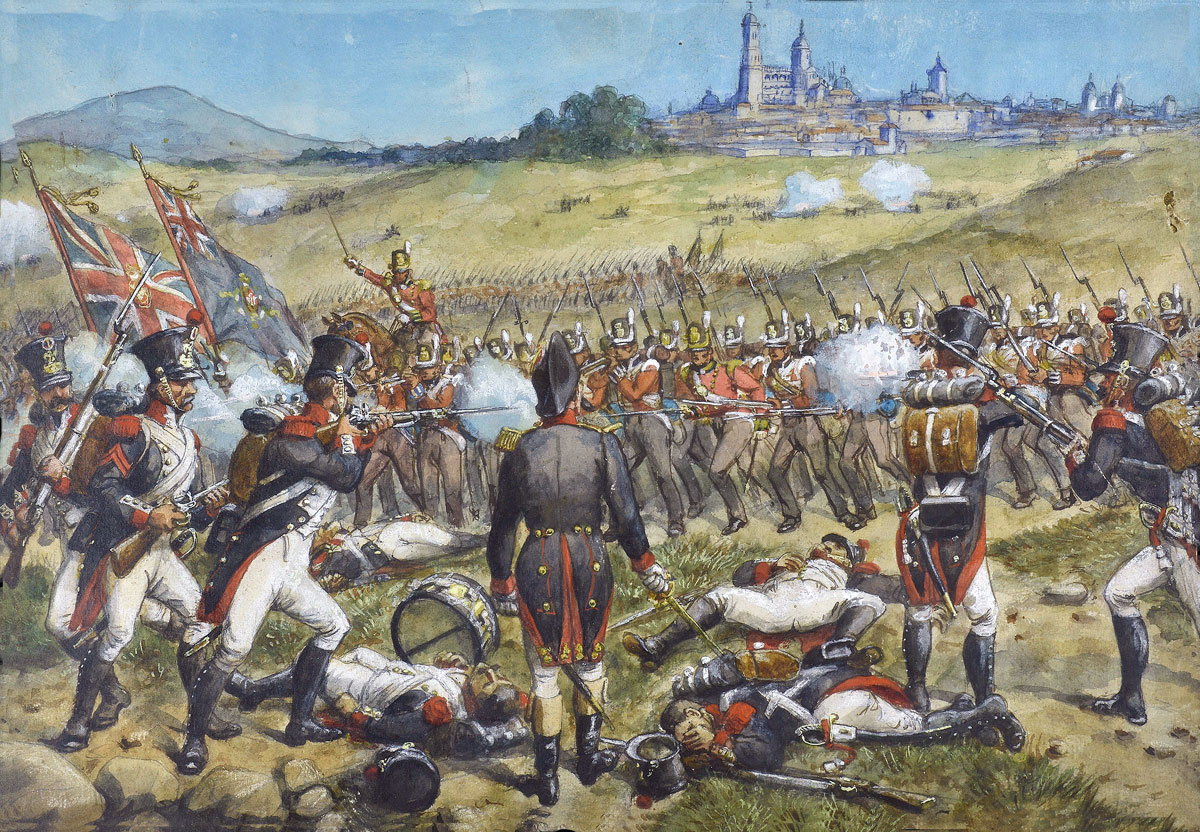
Salamanca has hosted 21 departures for the Spanish tour throughout its history. The last stage to depart from the Salamanca capital is a recent and very special memory for the race. In 2018, Simon Yates wore his brand new red jersey in a crowded Plaza Mayor in Salamanca, which he would eventually wear in Madrid also.


Ciudad Rodrigo
2 stages of La Vuelta have had finales in Ciudad Rodrigo.
12.513 inhabitants
Ciudad Rodrigo is a small cathedral city in the province of Salamanca, located near the Spanish-Portuguese border. Its position as a fortified town on the main road from Portugal to Salamanca made it militarily important in the middle years of the Napoleonic Peninsular War. The British General Wellington began his 1812 campaign by taking Ciudad Rodrigo by storm on the night of January 19, 1812. Major-General Thomas Picton's (yes, that man with the statue) 3rd Division assaulted the "greater" breach while Robert Craufurd's Light Division attacked the "lesser" breach.
Allied losses in the siege were 195 killed and 916 wounded. The 2,000-man French garrison under Brig-Gen Barrié lost 529 killed and wounded, while the rest were captured. The French Army of Portugal lost its entire siege train among the 142 captured cannon.
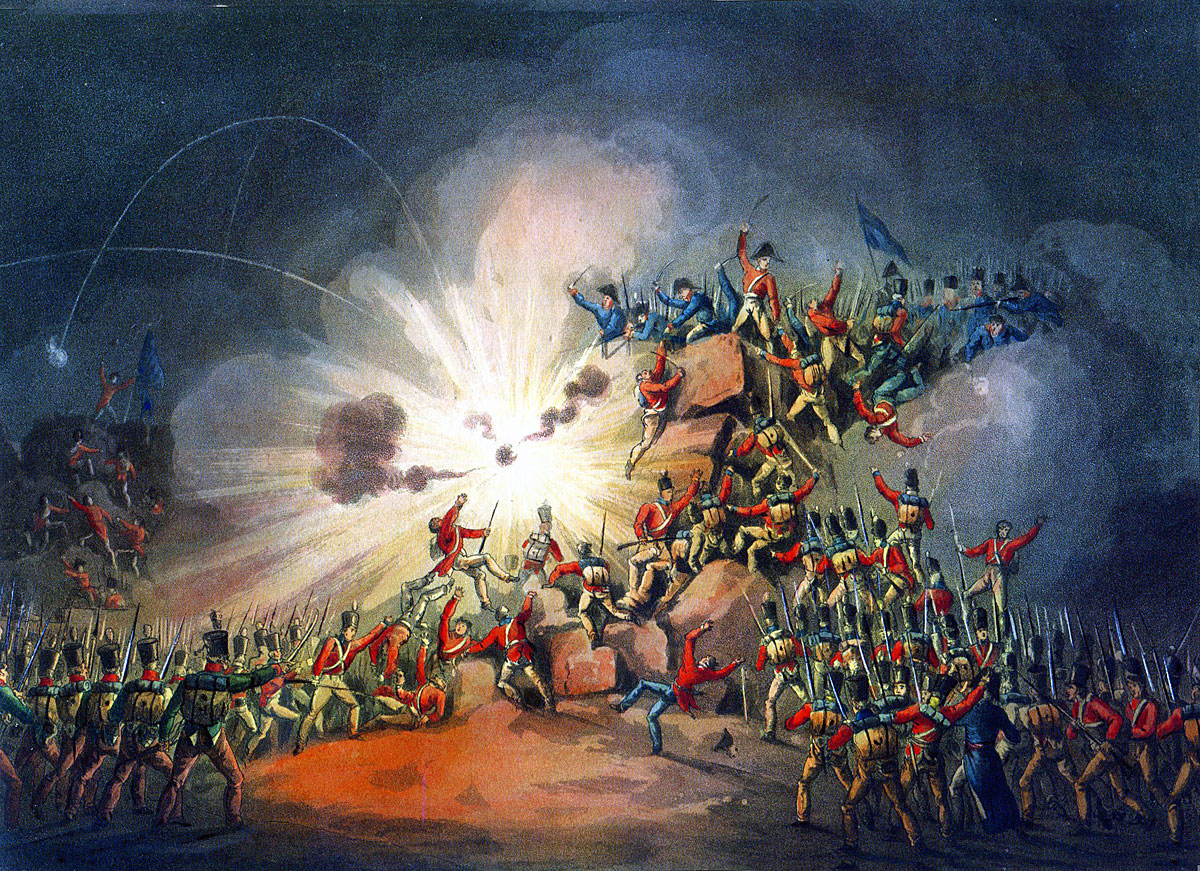
Among its sporting achievements are two La Vuelta visits (1999 and 2000), with stage winners that have gone down in cycling history: Jan Ullrich and Alexandre Vinokourov.

Typical Salamanca Food Dishes:
Hornazo: salty, oven-baked pastry stuffed with ham, sausage, bacon, cooked egg, and sometimes even chicken.

Cochinillo al fuego: roasted suckling pig.
Farinato: white sausage meat made with breadcrumbs, seasoning, lard, and usually served with fried egg.
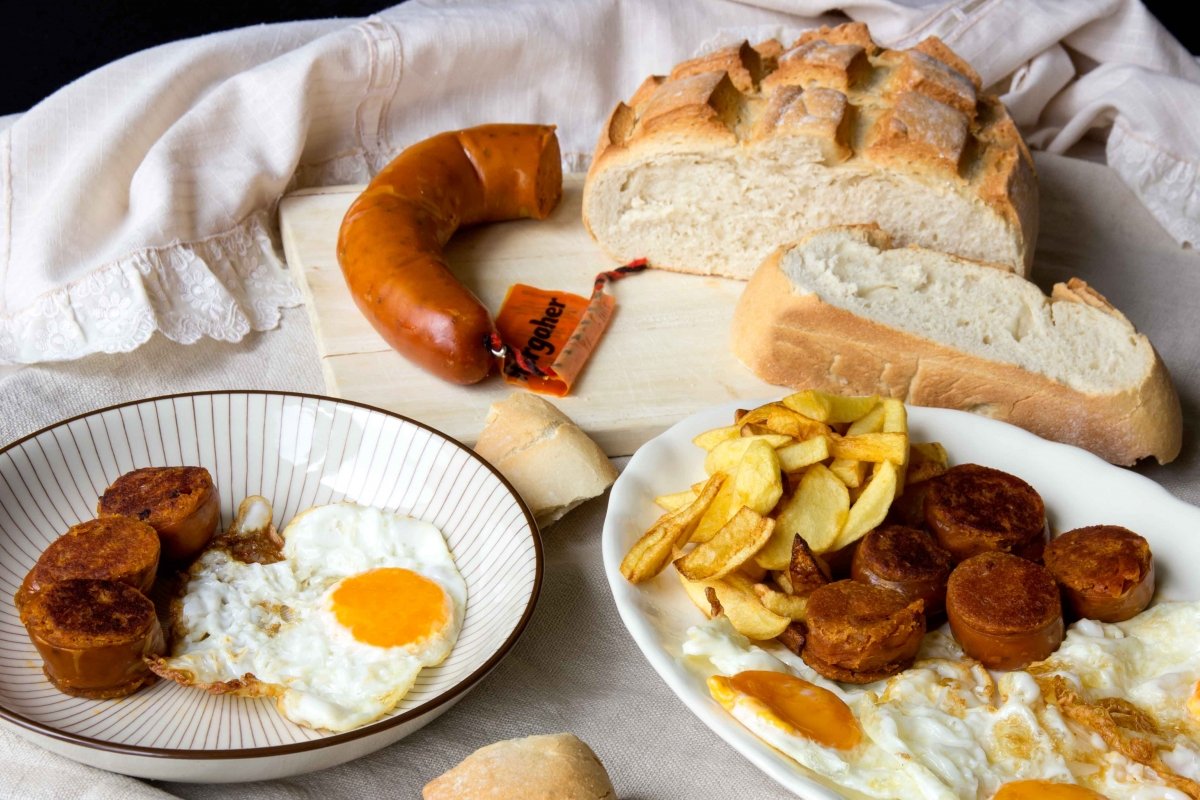
Chanfaina salmantina: dish made with rice, different swine cuts, giblet, lamb, sweet bread, and pieces of "chorizo"
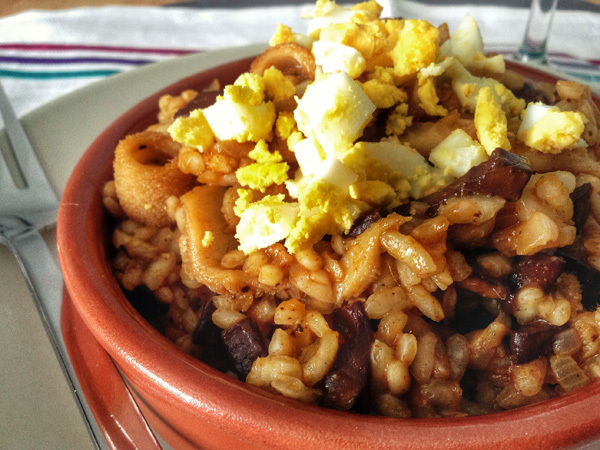
Salamanca Drinks
In Salamanca, the two most prominant areas from which the region's wines are produced are Ribera del Duero and the Sierra de Salamanca.

Comments
-
Salamanca is also the place where Chris Froome donned the first of many Grand Tour leader's jerseys, having beaten Bradley Wiggins and anyone else not called Tony Martin in that day's ITT (stage 10, 2011).
What kind of weather are we expecting? Jumbo Visma may be hoping it doesn't rain again, lest their gilet-donning skills fail them again. If Formigal was anything to go by (granted the last 20km to Ciudad Rodrigo is markedly different), Hugh Carthy will be hoping it does.0 -
Writ ard is hugh"If I was a 38 year old man, I definitely wouldn't be riding a bright yellow bike with Hello Kitty disc wheels, put it that way. What we're witnessing here is the world's most high profile mid-life crisis" Afx237vi Mon Jul 20, 2009 2:43 pm0
-
notquite6foot said:
Salamanca is also the place where Chris Froome donned the first of many Grand Tour leader's jerseys, having beaten Bradley Wiggins and anyone else not called Tony Martin in that day's ITT (stage 10, 2011).
What kind of weather are we expecting? Jumbo Visma may be hoping it doesn't rain again, lest their gilet-donning skills fail them again. If Formigal was anything to go by (granted the last 20km to Ciudad Rodrigo is markedly different), Hugh Carthy will be hoping it does.
Should be wet again, but not as cold. Not very windy."Science is a tool for cheaters". An anonymous French PE teacher.0 -
Talk of strong crosswinds for the opening 30k acccording to veloviewer0
-
Let's hope so although JV are pretty good in those situations.0
-
All my knowledge of this area stems from reading the Sharpe novels about the Peninsular War. My geographical grasp of Spain is poor.0
-
If it's only 30km at the start, it shouldn't matter too much except increasing nerves and possibly prevent an early breakaway.0
-
Pross said:
All my knowledge of this area stems from reading the Sharpe novels about the Peninsular War. My geographical grasp of Spain is poor.
That was initially the same for me.
After, I read a few factual books on the Peninsular campaign, as his books stirred my interest.
Hence I included this "double header" in the OP."Science is a tool for cheaters". An anonymous French PE teacher.0 -
Same for me, both for Bernhard Cornwell's books and some history books about the Peninsular War the "the Rifles" regiment.blazing_saddles said:Pross said:All my knowledge of this area stems from reading the Sharpe novels about the Peninsular War. My geographical grasp of Spain is poor.
That was initially the same for me.
After, I read a few factual books on the Peninsular campaign, as his books stirred my interest.
Hence I included this "double header" in the OP.0 -
Lesser break today.
Rémi Cavagna (Deceuninck-Quick Step), Robert Stannard (Mitchelton-Scott), Kobe Goossens (Lotto Soudal), Jesus Ezquerra (Burgos-BH) Angel Madrazo and Juan Felipe Osorio (Burgos-BH)
Have under 6 minutes with Bora and UAE leading the pursuitThey h"Science is a tool for cheaters". An anonymous French PE teacher.0 -
Shows how weak Carapaz's team is: Ineos still have half the peloton in tow."Science is a tool for cheaters". An anonymous French PE teacher.0
-
6 bonus secs for Roglič0
-
LOL.
Roglic does another smash and grab job for 6 seconds, after Magnus Cort wins with ease."Science is a tool for cheaters". An anonymous French PE teacher.0 -
I wish he'd just f*** off."Unfortunately these days a lot of people don’t understand the real quality of a bike" Ernesto Colnago0
-
Roglic in the time bonus"If I was a 38 year old man, I definitely wouldn't be riding a bright yellow bike with Hello Kitty disc wheels, put it that way. What we're witnessing here is the world's most high profile mid-life crisis" Afx237vi Mon Jul 20, 2009 2:43 pm0
-
I wish I had more time for this edition"If I was a 38 year old man, I definitely wouldn't be riding a bright yellow bike with Hello Kitty disc wheels, put it that way. What we're witnessing here is the world's most high profile mid-life crisis" Afx237vi Mon Jul 20, 2009 2:43 pm0
-
Bonus seconds definitely counter productive in GTs unless your name is Primoz Roglic."Science is a tool for cheaters". An anonymous French PE teacher.0
-
EF have certainly shared the spoils this year - all of their 6 GT stage wins this year have gone to different riders.
DQT's attempts to get their 100th GT stage after the Bennett relegation are turning into a running gag.0 -
So, bonus seconds scrapped next year?0
-
Wasn't he only ahead at the tour cos of bonus second too?"Unfortunately these days a lot of people don’t understand the real quality of a bike" Ernesto Colnago0
-
-
We used to talk about panache.... Whilst I don't criticise Roglic for riding to his strengths, his only objective is to win, not entertain......but on the panache meter he would register zero.“You may think that; I couldn’t possibly comment!”
Wilier Cento Uno SR/Wilier Mortirolo/Specialized Roubaix Comp/Kona Hei Hei/Calibre Bossnut0 -
He's such a newbie. His attire the last few days has been horrific."Unfortunately these days a lot of people don’t understand the real quality of a bike" Ernesto Colnago0
-
I don't get why it would be so much more exciting if there was no race between the GC contenders at the end of stages.0
-
kingstongraham said:
I don't get why it would be so much more exciting if there was no race between the GC contenders at the end of stages.
But there would still be a race for the stage. A stage is still valuable. But with time bonuses, for a superior sprinter amongst the GC guys, when GTs are often decided by less than a minutes, the easiest way to get an advantage is wait for the sprint.
Easier said than done, but a strong team can make it happen repeatedly. And it's not the most inspiring use of such a team.
Roglic has been the dominant figure (one TT aside) this season from start to finish, but I don't think he's ever been at the front before the flamme rouge at any time.Twitter: @RichN950 -
That's the other thing - I've pretty much stopped watching now, nothing's really going to change.0

